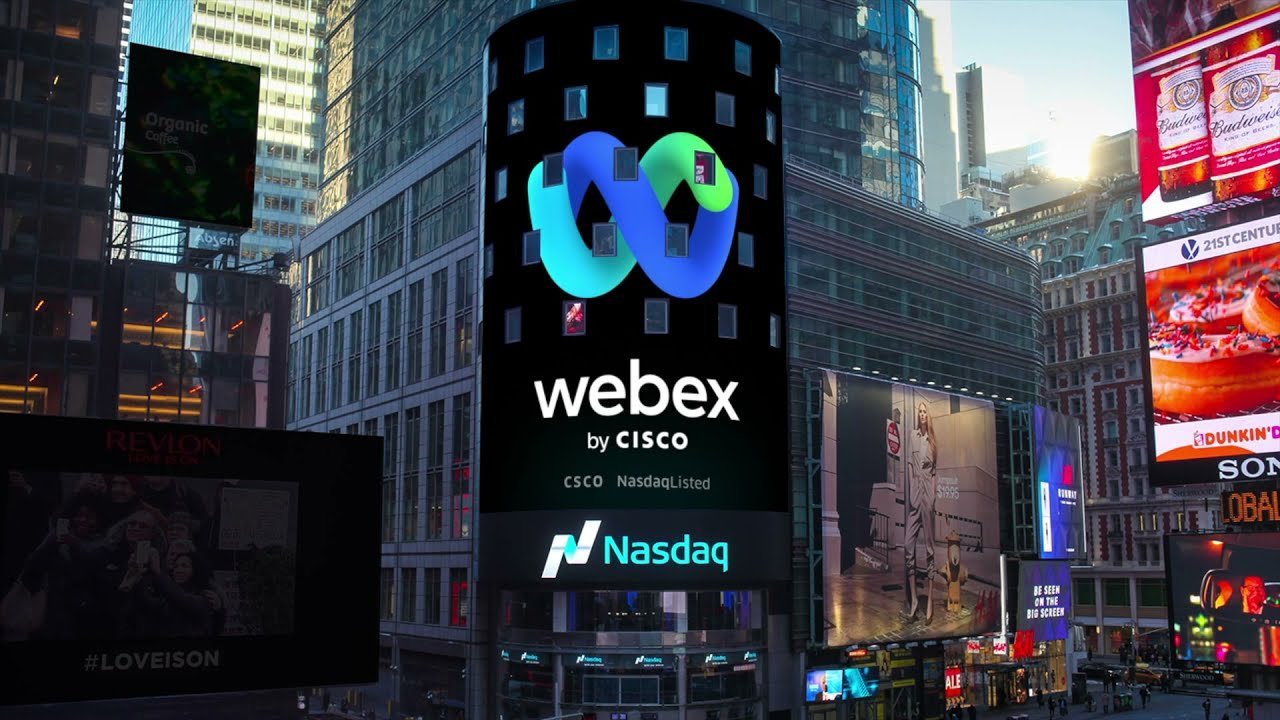What is Contextual Advertising?
In today’s advertising world, contextual targeting is making a major comeback. It allows ads to align directly with the content a user is consuming, making them more relevant, engaging, and privacy-friendly. But contextual advertising is not just limited to digital spaces; it also has powerful applications in traditional advertising, particularly with digital out-of-home (DOOH) media. This article explores how contextual targeting works in both realms and how advertisers can leverage it to their advantage.
What is Contextual Targeting.
Contextual Targeting in Digital Advertising
Contextual targeting in digital advertising refers to the practice of displaying ads based on the content of the webpage or app where the ad appears, rather than targeting the individual user based on past browsing history. This approach involves using AI and machine learning to analyse webpage content, including text, images, videos, and metadata, and then serve ads that align closely with that content. This ensures that the ads are relevant to the context in which they appear, enhancing user engagement.
How It Works
AI and machine learning are at the core of contextual targeting. These technologies analyse various elements of a webpage to understand its theme, sentiment, and topics, using factors such as:
Text and keywords
Visual elements (images and videos)
Metadata
Topics and categories
Sentiment (positive, neutral, or negative)
Based on this analysis, the system matches relevant ads to the page content, ensuring a higher level of alignment between what the user is currently interested in and the ad displayed.
Related reading: How is AI used in advertising?
Key Benefits of Contextual Targeting
Privacy-Friendly: Unlike behavioural targeting, contextual targeting doesn’t rely on tracking user data or using cookies. It focuses entirely on the current page content, making it inherently privacy-compliant.
Brand Safety: Advertisers can choose to avoid displaying ads on content that is inappropriate or not aligned with their brand’s values.
Increased Relevance: Ads that are closely aligned with the content a user is viewing are likely to be perceived as more relevant, leading to higher engagement rates.
Cost-Effectiveness: Contextual ads can be more affordable than behavioural ads, as they often benefit from lower competition and better performance in certain contexts.
Improved Performance: Studies indicate that contextual targeting can lead to better engagement and conversion rates compared to behavioural targeting, often yielding a lower cost-per-click (CPC) and cost-per-thousand-impressions (CPM).
Contextual vs. Behavioural Targeting
Behavioural targeting relies on user data, analysing past behaviour such as visited websites and clicks to determine what ads might be relevant. However, this approach raises privacy concerns and is increasingly challenged by regulations such as GDPR and the phase-out of third-party cookies. In contrast, contextual targeting focuses on the current content being consumed and avoids user-specific tracking, making it an attractive option for advertisers looking to stay compliant with privacy regulations.
Contextual Targeting in Traditional Advertising: The Role of DOOH
While contextual targeting is commonly associated with digital platforms, it also plays an essential role in traditional advertising, especially in Digital Out-of-Home (DOOH) advertising. DOOH refers to digital billboards and other electronic displays in public places that can dynamically change the ads shown based on various contextual factors.
Examples of Contextual Advertising in DOOH
Weather-Driven Ads: Imagine a digital billboard at a busy intersection that displays ads for iced coffee when the temperature exceeds 25°C or a hot drink when it’s below 10°C. This type of contextual targeting ensures that the content is relevant to the viewer’s immediate environment.
Location-Based Contextual Ads: A digital billboard near a train station might advertise a nearby coworking space, targeting commuters with a message about the convenience of working close to transport links. For example, an ad for WorkWell’s new coworking location at Copthall Bridge House, just 160 metres from Harrogate train station, could entice potential clients passing by.
Time of Day: Contextual targeting can also consider the time of day. A fast-food restaurant might advertise breakfast options in the morning, transitioning to lunch specials as the day progresses. This dynamic adjustment ensures the ad content is always relevant to the audience’s immediate needs.
Event-Based Advertising: Digital displays in the vicinity of event venues can be programmed to show ads relevant to that event. For instance, during a football match, nearby DOOH screens could promote local pubs showing the game or feature brands associated with the sport.
Benefits of Contextual Targeting in Traditional Advertising
Enhanced Engagement: Contextual ads feel more natural to audiences when they reflect what is happening around them, increasing the likelihood of engagement.
Relevance Without Intrusion: Unlike personalised ads that rely on individual data, contextual ads in traditional formats leverage public data like weather, location, or time of day, ensuring relevance without privacy concerns.
Scalability: DOOH networks allow advertisers to deploy campaigns across multiple locations while adapting the messaging to each context—be it the specific location or the current conditions at the time.
Bringing It All Together
Contextual targeting, whether in digital spaces or traditional formats like DOOH, allows advertisers to serve ads that are more relevant, less intrusive, and highly engaging. In a world that is increasingly mindful of privacy, contextual advertising offers a way to connect with audiences without relying on invasive data collection.
The key to successful contextual advertising lies in leveraging available contextual signals effectively. In digital advertising, this means understanding the themes and sentiments of online content. Traditional advertising involves responding to real-world context—from weather changes to commuter traffic—to make ads feel more immediate and pertinent.
With the ongoing evolution of advertising technology, contextual targeting is positioned to become an even more integral part of both digital and traditional advertising strategies. It offers a win-win situation: enhanced consumer experience through relevance and privacy assurance, and better performance metrics for advertisers.












